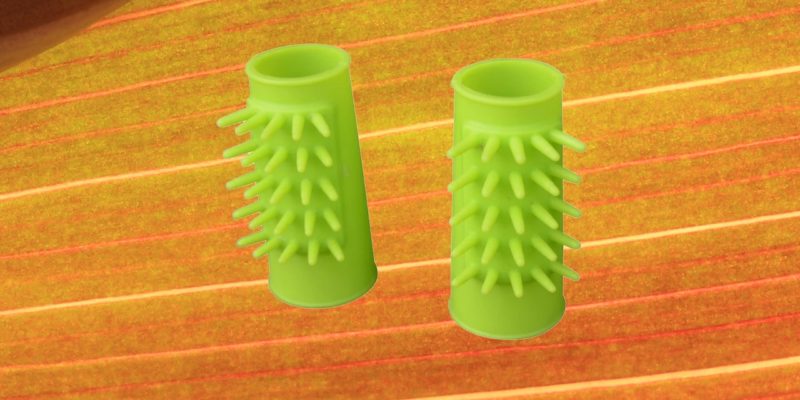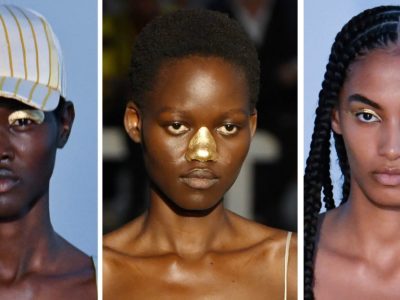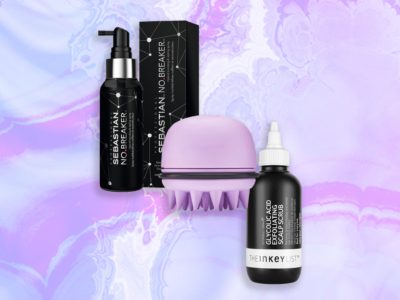
The way I prefer to wear my 3C/4A hair texture is with tons of definition. I typically style my hair while it’s damp or wet so that it can retain its pattern, which, depending on the area, is either S-shaped or spirally.
My trusty Tangle Teezer Ultimate Detangler for thick and curly hair works beautifully in this endeavor. It gently undoes any snarls and it snaps my curls into formation, creating the kind of root-to-tip definition I’m looking for. That said, I’m a beauty editor, so it’s part of my job to try new products, and with the natural hair market booming, there is never a shortage of styling tools and gadgets to sample.
The latest one, which editorial assistant Gabi Thorne found while scrolling through her Instagram feed, is the Coil Brush, which isn’t really a brush per se. It’s a set of two silicone finger cuffs with little teeth on one side. They’re quite small, certainly travel-friendly, and allow you to constantly smooth your hair as you’re twisting or braiding it.
I’d never seen anything like it, so, of course, I was curious to try. On my wash day, when I was about to start styling my hair, I whipped the cuffs out and got to work. That was my first mistake. The brand suggests practicing with the tool before your wash day, simply to save time and frustration. Fortunately, I had the time to go slow. I did not, however, have the patience.
It didn’t take me that long to figure out how to use them, but I quickly found out that the Coil Brush wasn’t ideal for the type of styling I usually do. These days, I am partial to a nice braid-out. I usually section my hair into four (two sections on each side), apply my leave-in product, and make sure each section is detangled. Then I apply my styling product, giving it one last brush with my Tangle Teezer before starting to braid.
If you prefer to style your hair in medium-sized sections as I do, the Coil Brush is not the tool you want to use. Because of its size (it was about the width of my fingers and less than their length), it’s best to work in small sections. I learned that the hard way when I started off with a larger section at the front of my hair. I could only brush through a fraction of it. The tool also wasn’t so great at creating definition in that same section, though to be fair, the front part of my hair is way more undefined than any other part of it. It’s difficult in general to get it to do anything.





